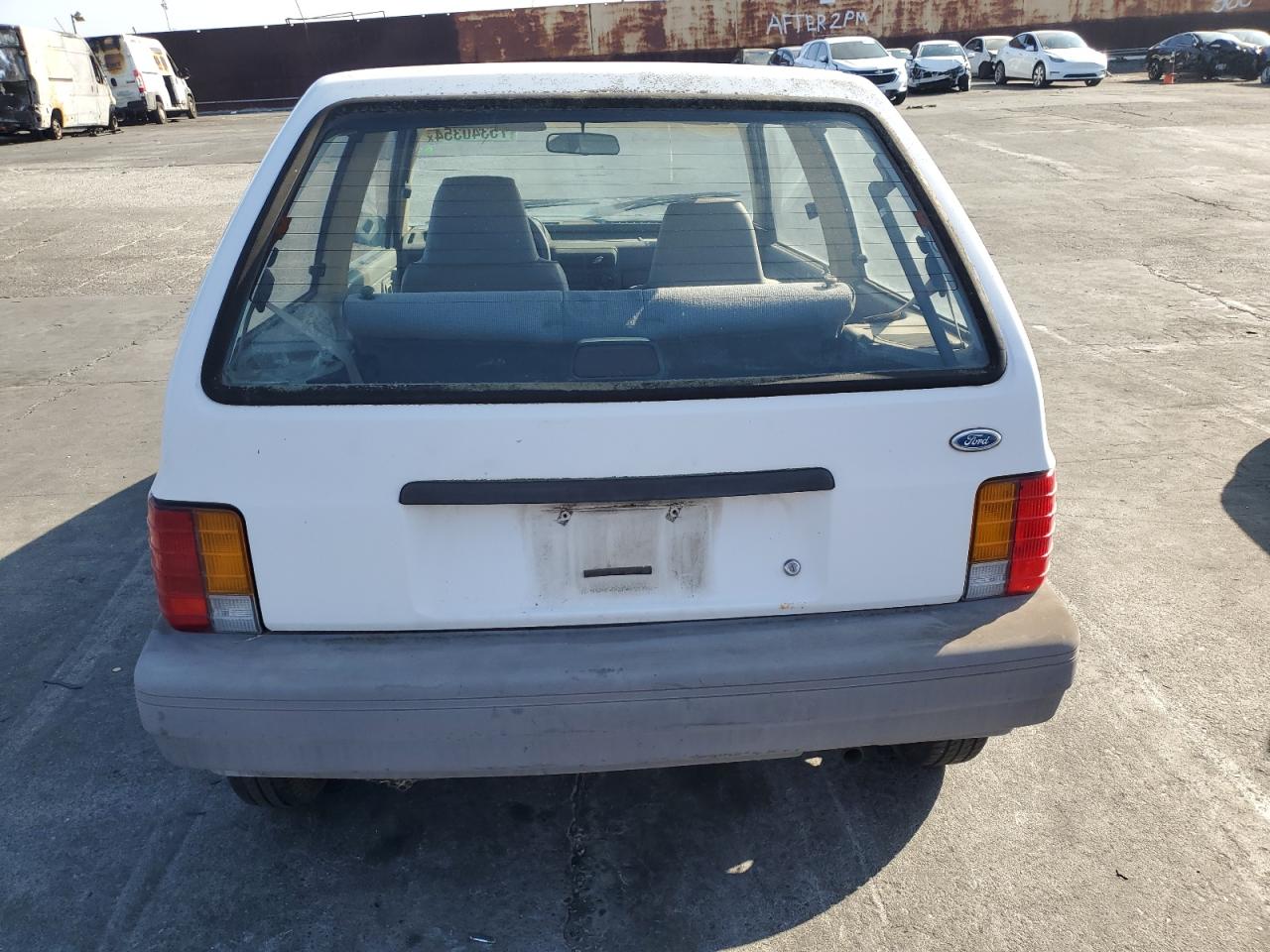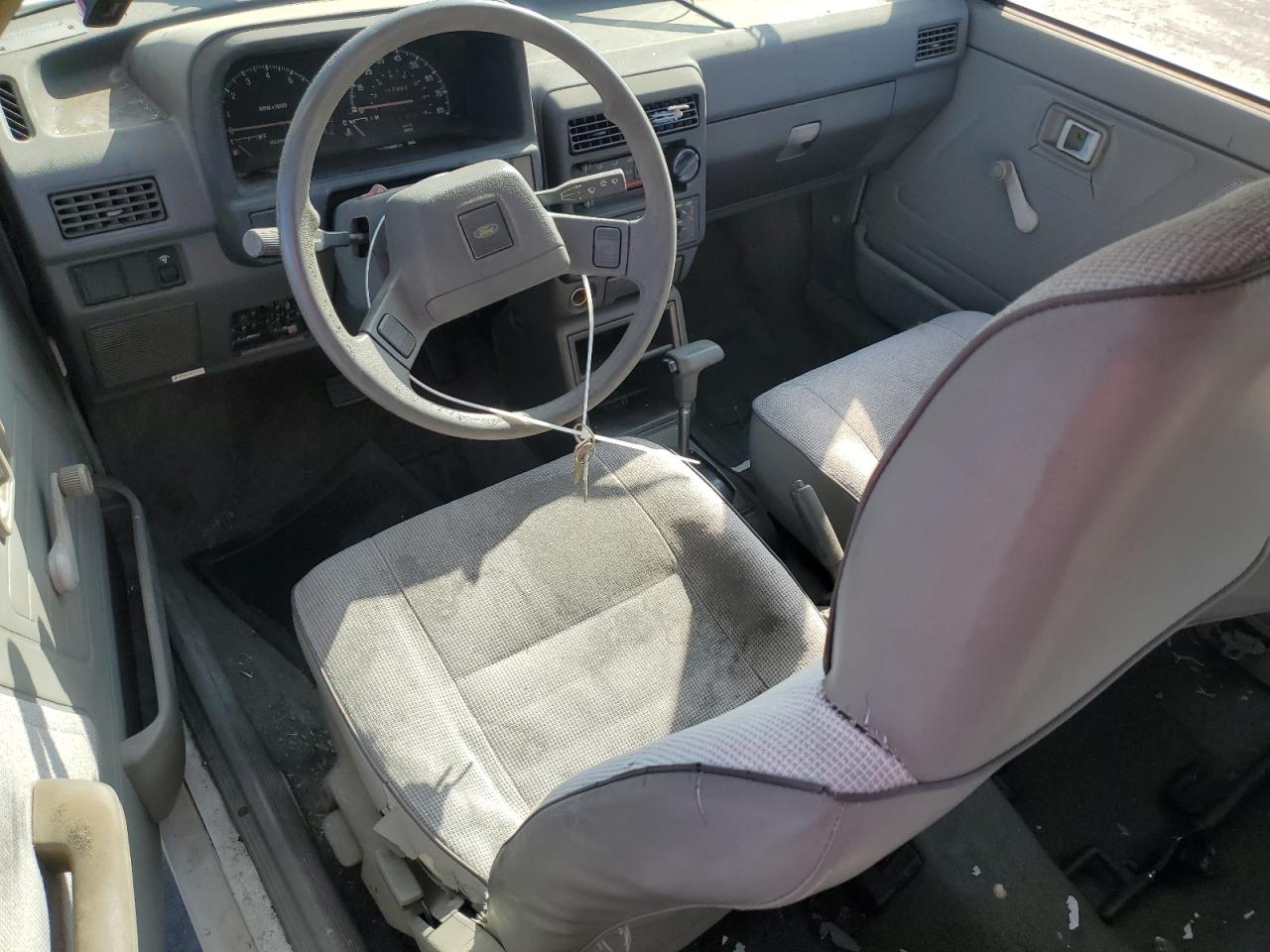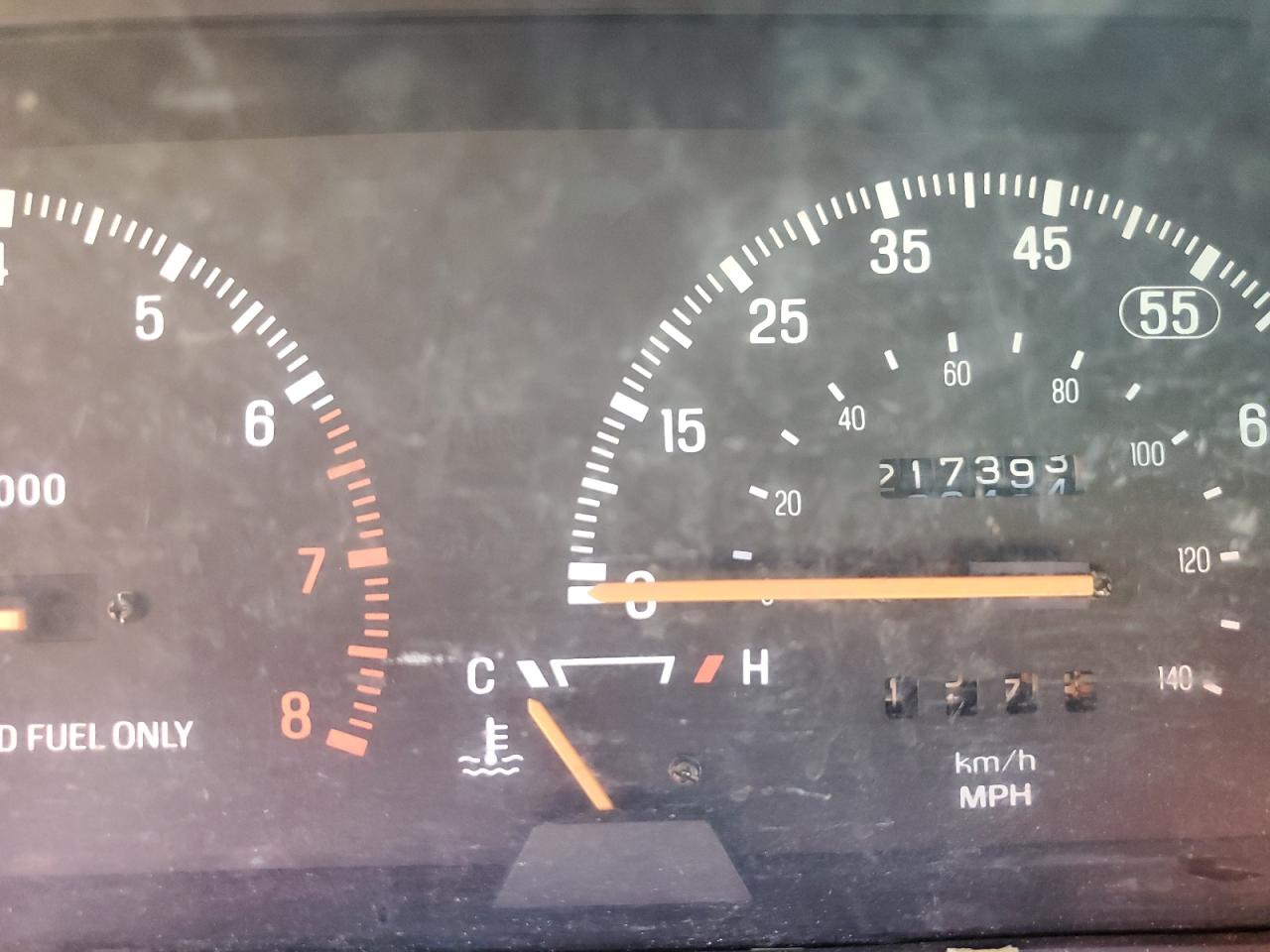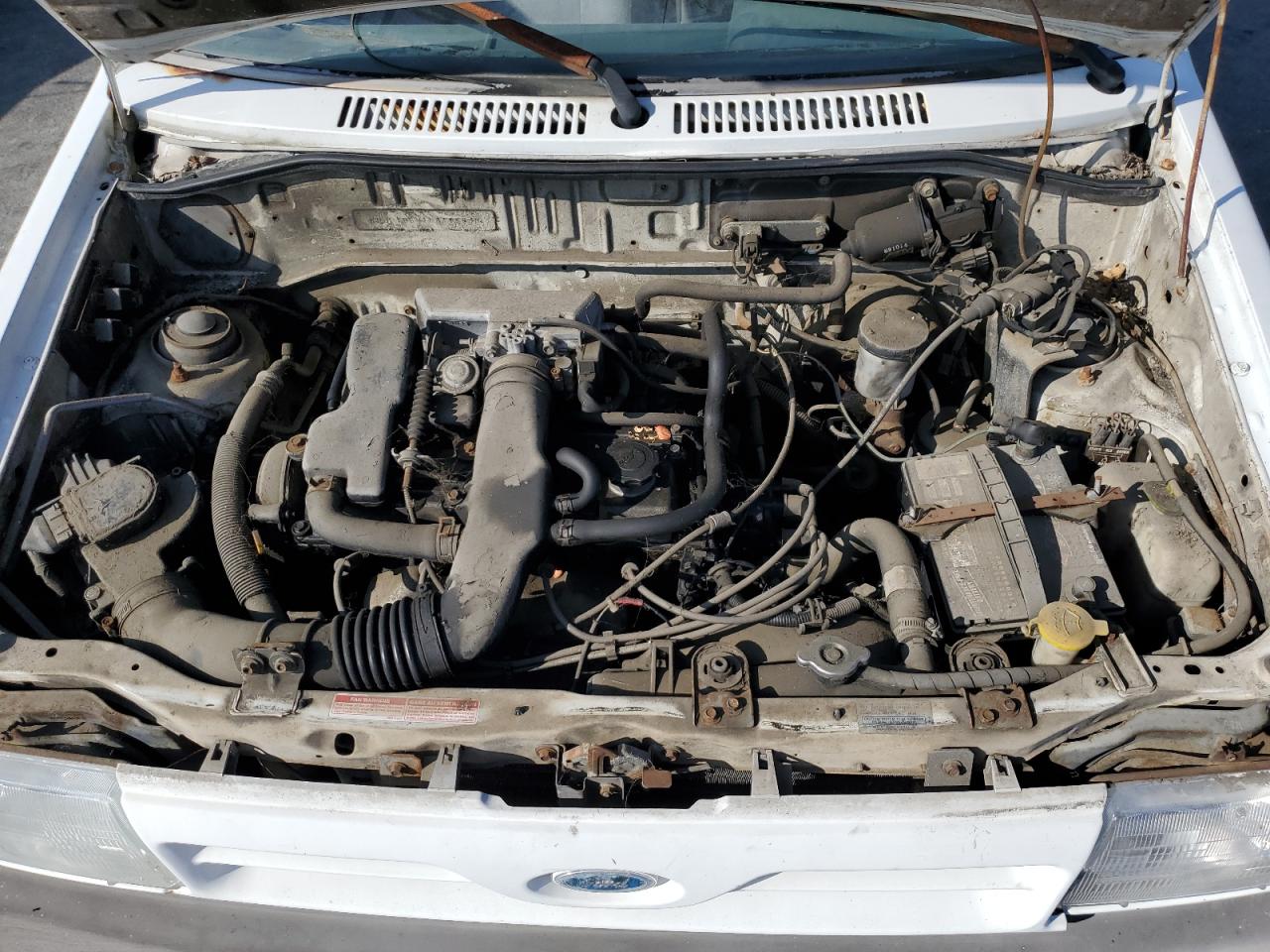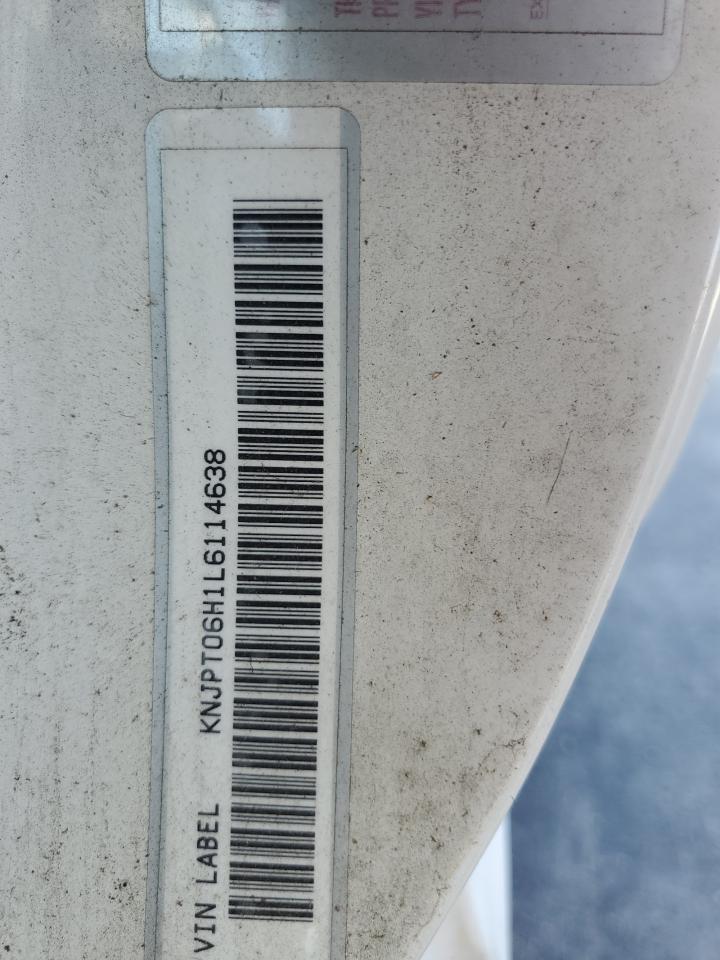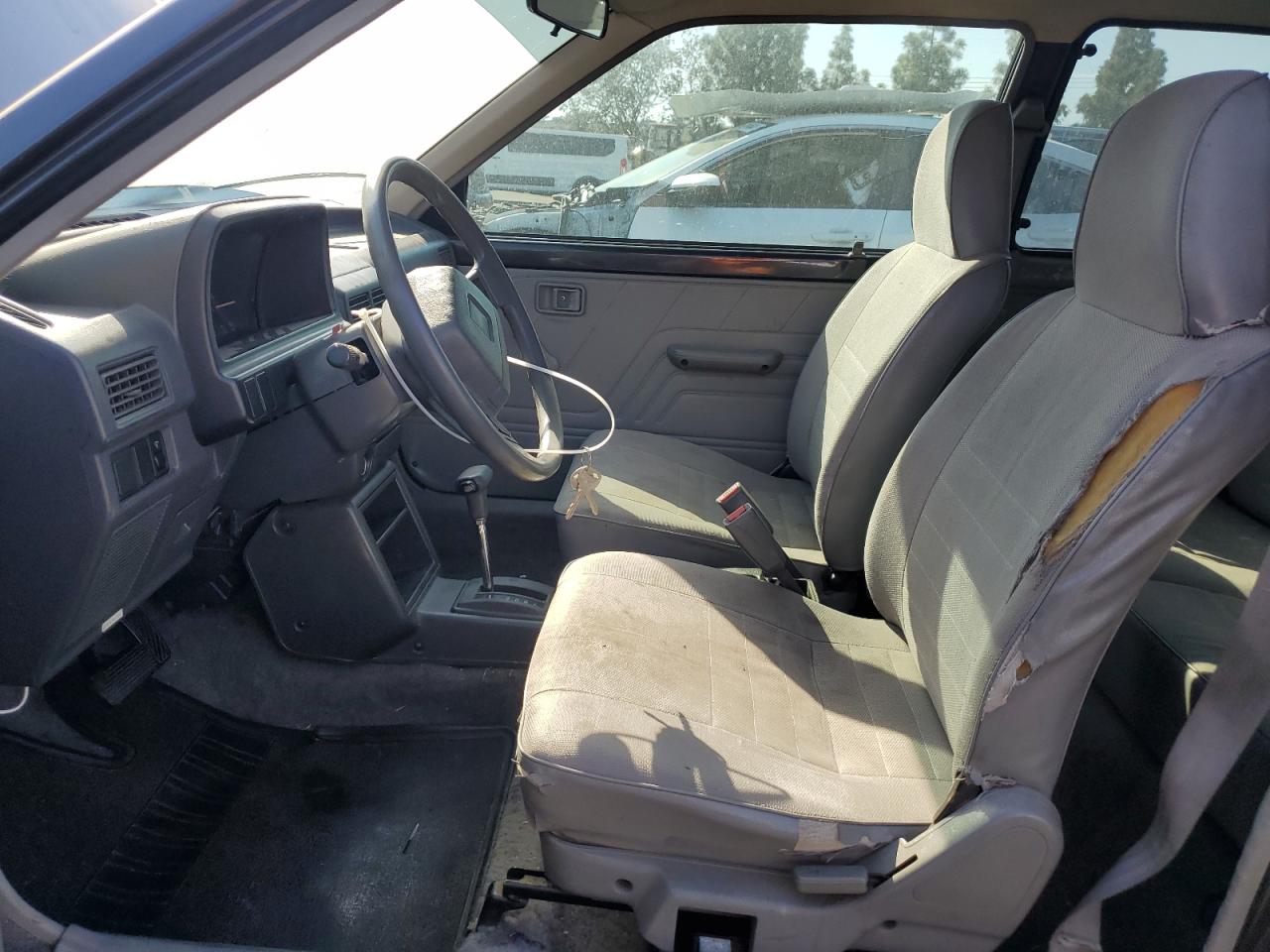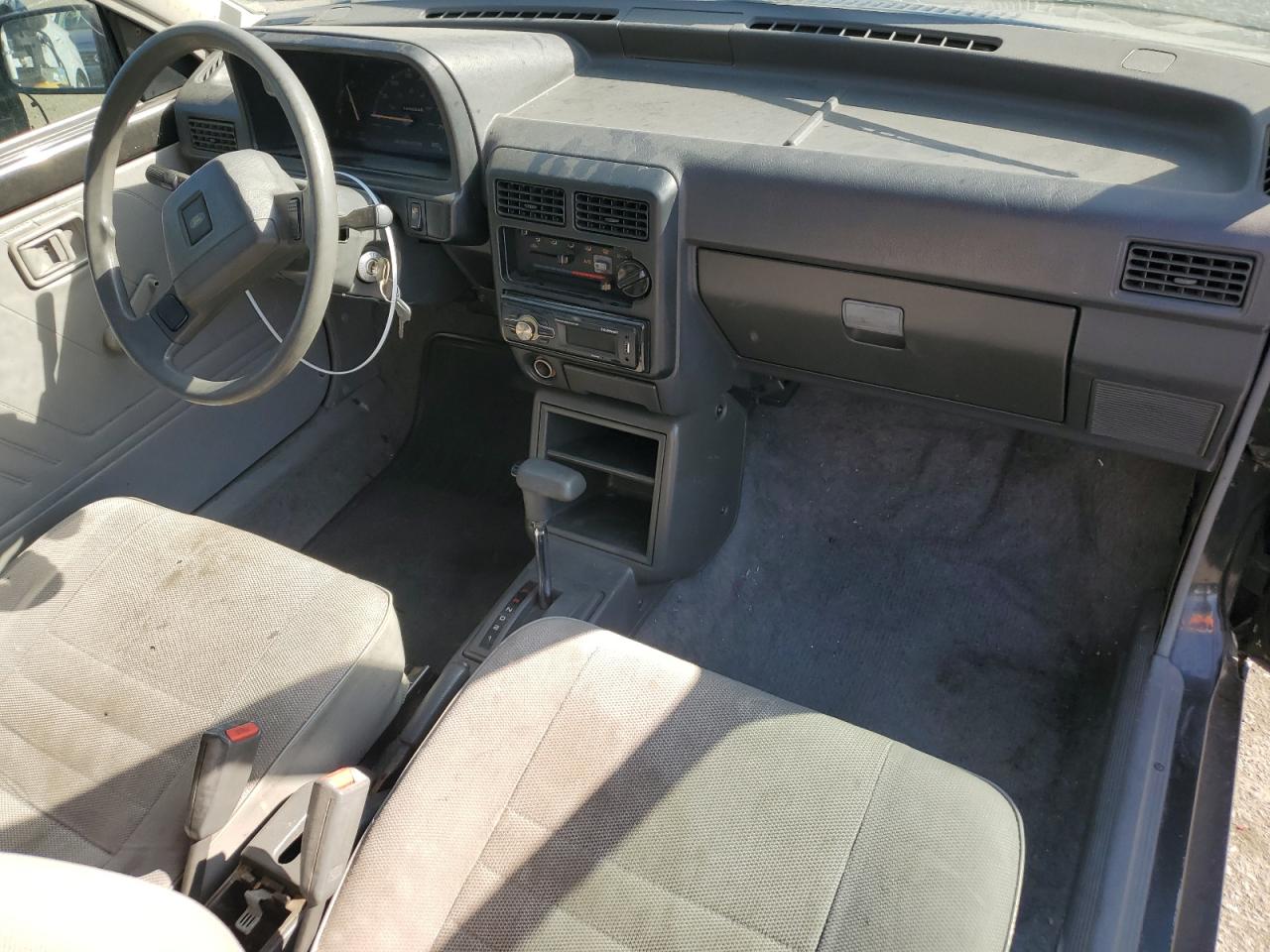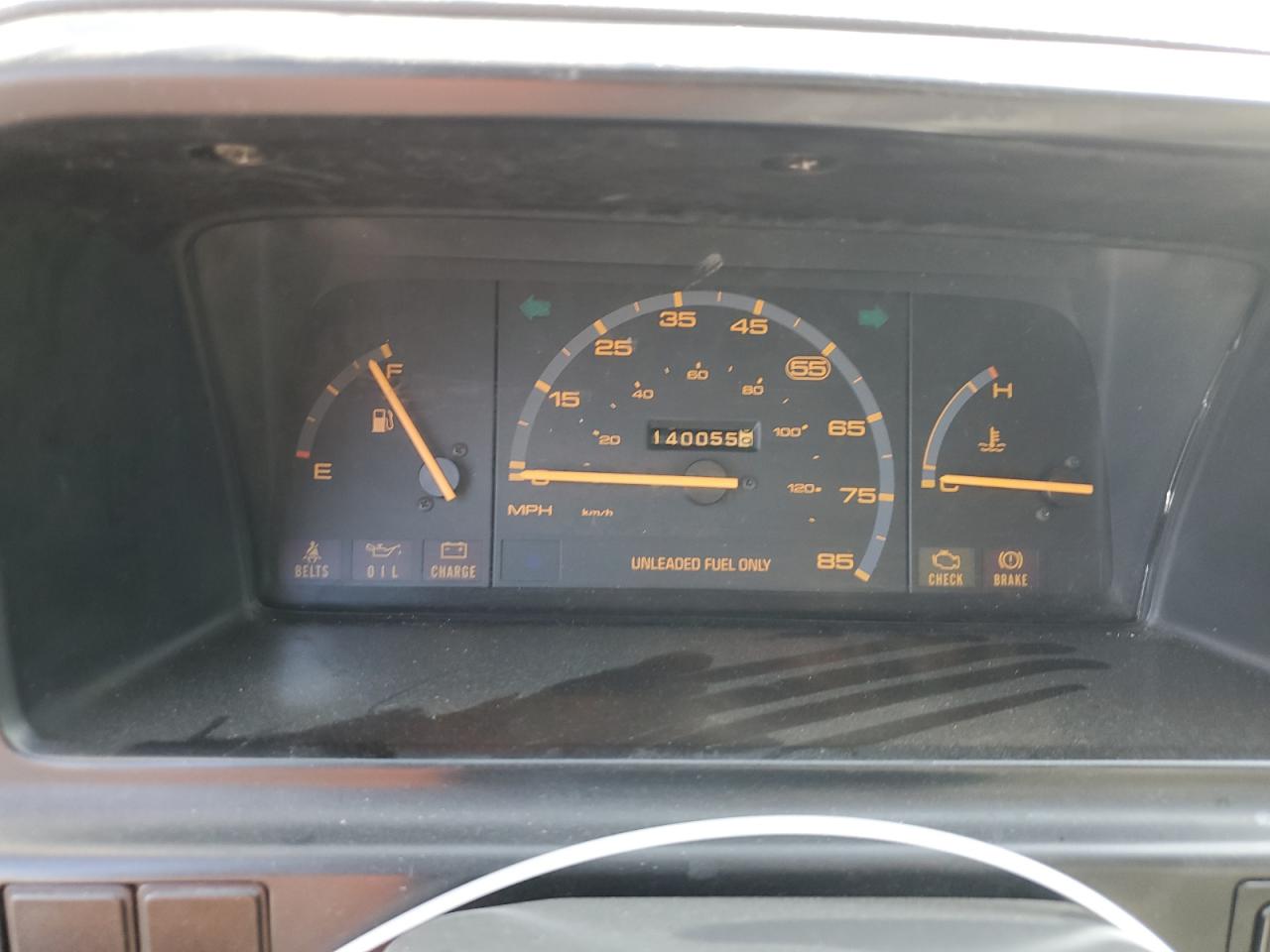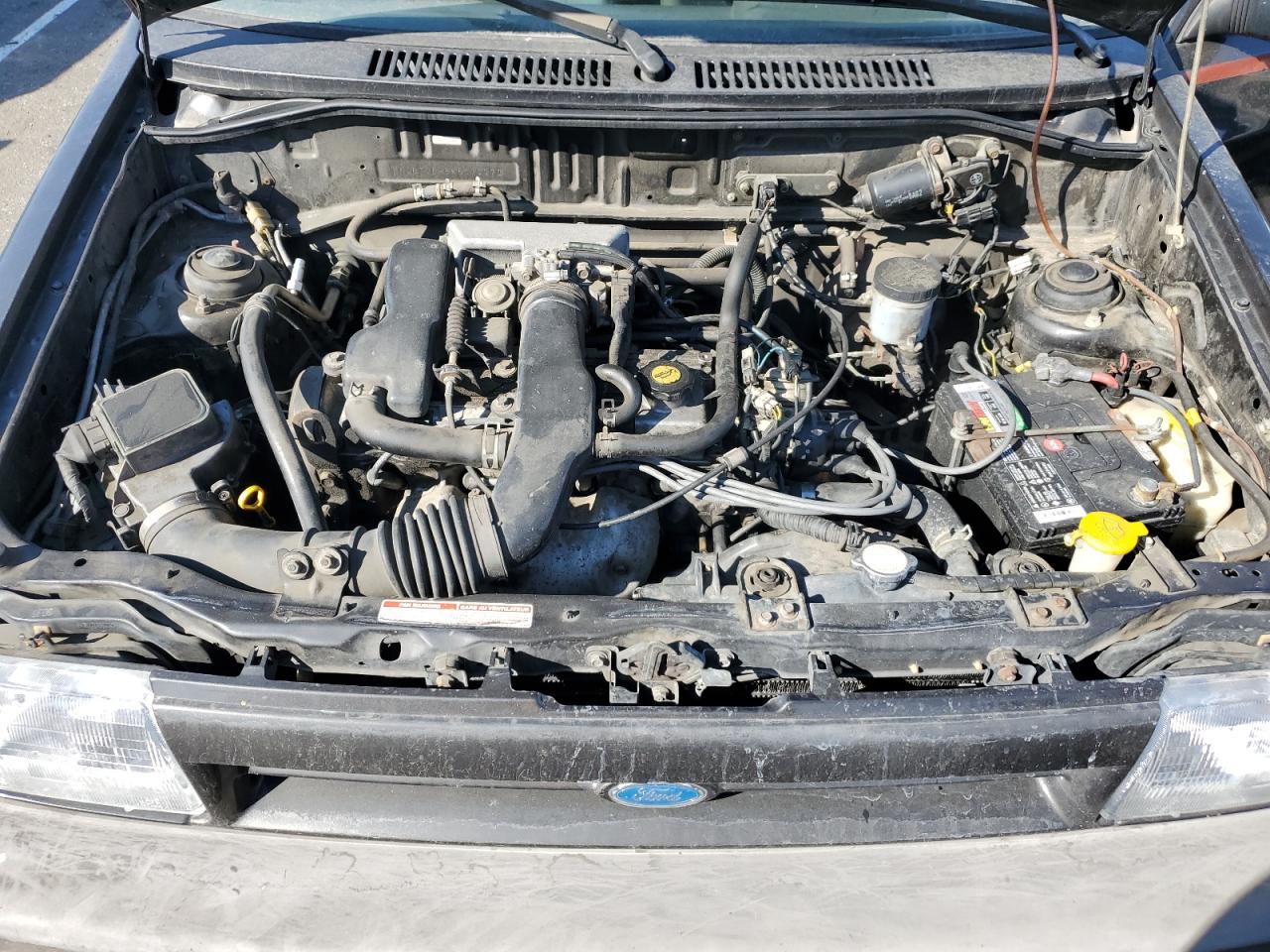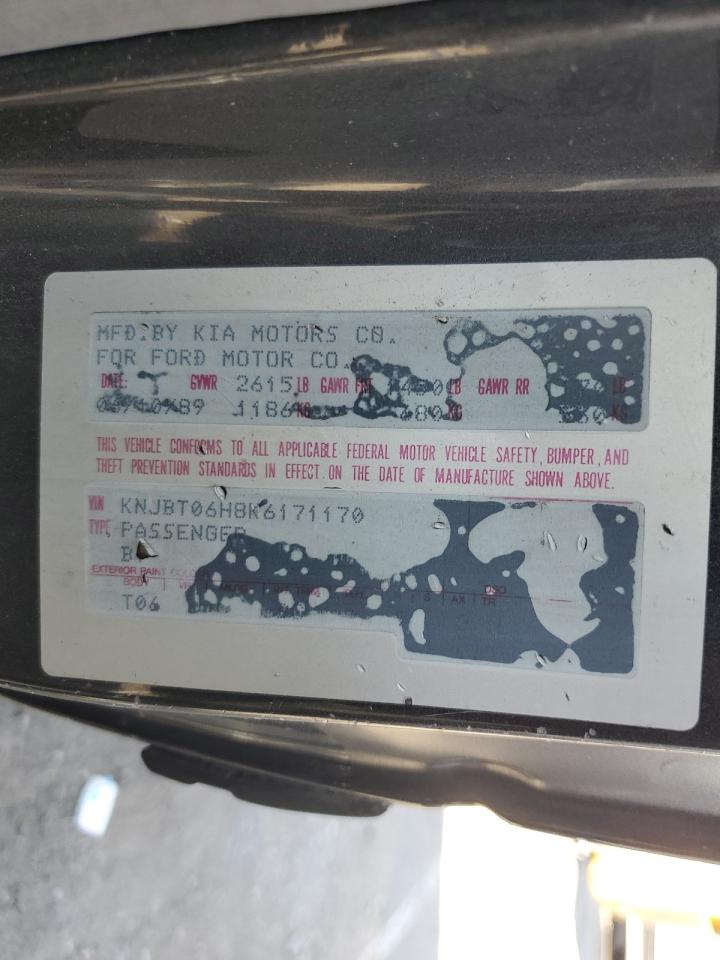Ford Festiva (3)
1990 Ford Festiva L Plus
1991 Ford Festiva L L
Ford Festiva is a compact car that has become a symbol of economy and reliability since its release. Over the years, the model has undergone various changes and modifications, attracting the attention of car enthusiasts around the world.
The history of Ford Festiva goes back to 1986, when the car was first introduced to the market. During its existence, it has gone through several generations and changes, each of which brought its own features and improvements.
The Ford Festiva model gradually won its audience due to its compactness and economy. It was available in various color options, which allowed each buyer to choose a car to their taste.
Which of the Ford Festiva modifications were the most successful, and which were problematic? And how many cars were sold during the entire production period? Let's look into this in more detail.
History of creation and evolution of the Ford Festiva model
The Ford Festiva was the result of a desire to develop a small, economical car that would satisfy the needs of a market segment looking for compact and affordable cars. The model was introduced by Ford in 1986 in collaboration with Japanese automaker Mazda.
The first generation of the Ford Festiva, released in 1986, was a small hatchback with front-wheel drive. The car was available in various body styles and was equipped with economical engines. In subsequent years, the model underwent a number of changes and upgrades to meet market requirements and safety standards.
Model evolution:
- Second generation (1993-1997): During this period, Ford Festiva underwent significant changes in design and technical characteristics, becoming a more modern and comfortable car.
- Third generation (1998-2002): During this period, the Ford Festiva received a new updated look and more powerful engines, while maintaining its position as a compact and economical car.
Throughout its history, the Ford Festiva has remained a popular choice among buyers due to its reliability, fuel efficiency, and affordability. However, like any model, it has had its share of problems, such as potential transmission issues and a number of other technical issues that required careful maintenance and repair.
Birth of a Legend: The Beginning of the Ford Festiva Story
The mid-1980s were a period of change and innovation in the automobile industry. At that time, Ford Motor Company, looking for its place in the compact and economical car market, began collaborating with the Japanese company Mazda, known for its advanced technology and reliable models.
The partnership resulted in the Ford Festiva in 1986. This small but practical car was presented as an ideal choice for city use and daily commuting. Originally developed as the Kia Pride, it was sold under the Ford brand in the United States and other countries, where it gained popularity for its economy and reliability.
Main features of the model:
- Compact dimensions allow you to confidently maneuver in city traffic.
- Economical fuel consumption made the Festiva an attractive choice for budget-conscious motorists.
- Spacious interior and sufficient space for passengers and luggage.
- Reliability and durability typical of Japanese cars, thanks to Mazda technologies.
Modifications and technical features of the popular model
Throughout its history, the Ford Festiva has gone through several modifications, each of which introduced certain changes in design and technical characteristics.
Since the first generation, released in 1986, the car has been offered in various body styles, including hatchback and station wagon. Among the features of this generation were compact dimensions, economical fuel consumption and a spacious interior despite its small dimensions.
The next generation of the Ford Festiva, released in 1991, offered updated styling and an expanded list of options, including electric windows, air conditioning and central locking. Technical improvements included more powerful engines and improved suspension for improved comfort and handling.
However, despite the popularity of the model, some owners encountered problems related to the reliability of the engine and gearbox. Despite this, the Ford Festiva remained a popular choice for those who valued the economy and compactness of the car.
The most successful models included those that were offered with reliable engines and a full range of options, making them attractive to a wide range of buyers.
Ford Festiva Colour Range: A Choice for Every Taste
Popular options include classic colors such as black, white, and silver. These colors give the car a stylish and solid look that is suitable for a variety of situations.
- Classic black : a symbol of elegance and severity, emphasizes the solidity of the owner.
- Pure White : Creates a bright and attractive appearance for your car, ideal for the summer season.
- Silver metallic : gives the car a modern and dynamic look, highlighting its sporty characteristics.
At the same time, Ford Festiva also offers more original color options. From bright and saturated shades to pastel and nude colors - everyone can choose something that reflects their individuality.
Examples of original Ford Festiva colours:Magnolia | Amethyst | Sunny orange
Lemon green | Blue Ice | Caramel
Lemon green | Blue Ice | Caramel
Exquisite shades: a variety of color solutions in the history of the model
Throughout its rich history, Ford Festiva has delighted car enthusiasts not only with its technical characteristics, but also with its variety of color solutions. From classic to bright, each color gave the model its own unique character.
Below is an overview of the most memorable colors that have accompanied the Ford Festiva throughout its history. 1. Classic White White has always been a popular color among car enthusiasts, and the Ford Festiva is no exception. This color gave the model sophistication and elegance, making it attractive to a wide range of buyers. 2. Strict Black Black has always been associated with luxury and status, and the Ford Festiva in black looked especially impressive. This color emphasized the strength and confidence of the model on the road. 3. Bright Red Red symbolized energy and passion, and when the Ford Festiva was offered in a bright red shade, it attracted attention and aroused excitement in drivers ready for adventure. 4. Sunny Yellow Yellow gave the Ford Festiva a sunny and cheerful look, which made it an ideal companion for summer driving and traveling. It added optimism and positivity to the model. 5. Natural shades In various shades of green and blue, the Ford Festiva reminded of the beauty of nature, picturesque landscapes and a fresh breeze. These colours gave the model a natural and harmonious look.
Ultimately, the variety of color schemes in the history of the Ford Festiva demonstrates its versatility and ability to adapt to the different preferences of its owners. From classic to bright, from elegant to sporty - everyone could find their ideal option among the palette of colors of this unique model.





